/https://storage.googleapis.com/s3-autonomous-upgrade-3/static/upload/images/new_post/mid-back-vs-high-back-office-chair-which-one-is-better-1363.jpg)
High Back vs. Mid Back Office Chair: Which One is Better?
Table of Contents
It can be difficult to know which chair is best when you’re shopping in a sea of options, but one particular feature might be worth investigating if you’re trying to fight back pain: high back vs. mid back chairs. You might not even know the difference between them, but there are some key features to both that are worth considering before you buy.
You probably know about the different office chairs in the market, each one suited for different people depending on their needs. Several factors differentiate office chairs, including design, ergonomics, feel, durability, and budget.
However, there’s another factor that differentiates office chairs, and it’s the type of the back (low back, mid-back, and high-back). Having the right ergonomic chair for back pain in your office can affect your comfort and productivity. Let’s now dive into the differences between high back and mid back chairs and see which one suits your needs best.
1. What Is a Mid-Back Office Chair?
A mid-back office chair doesn’t have a headrest to support your head. Its height is slightly lower than your shoulders, however, these chairs offer proper lower and mid-back support.
Essentially, a mid-back office chair offers reasonable support to the mid and lower back. Although many office workers prefer an office chair with a high backrest, it’s not a superb choice, especially if you have limited workspace. If you need to perform many tasks and move back and forth, a mid-back office chair is your best bet.
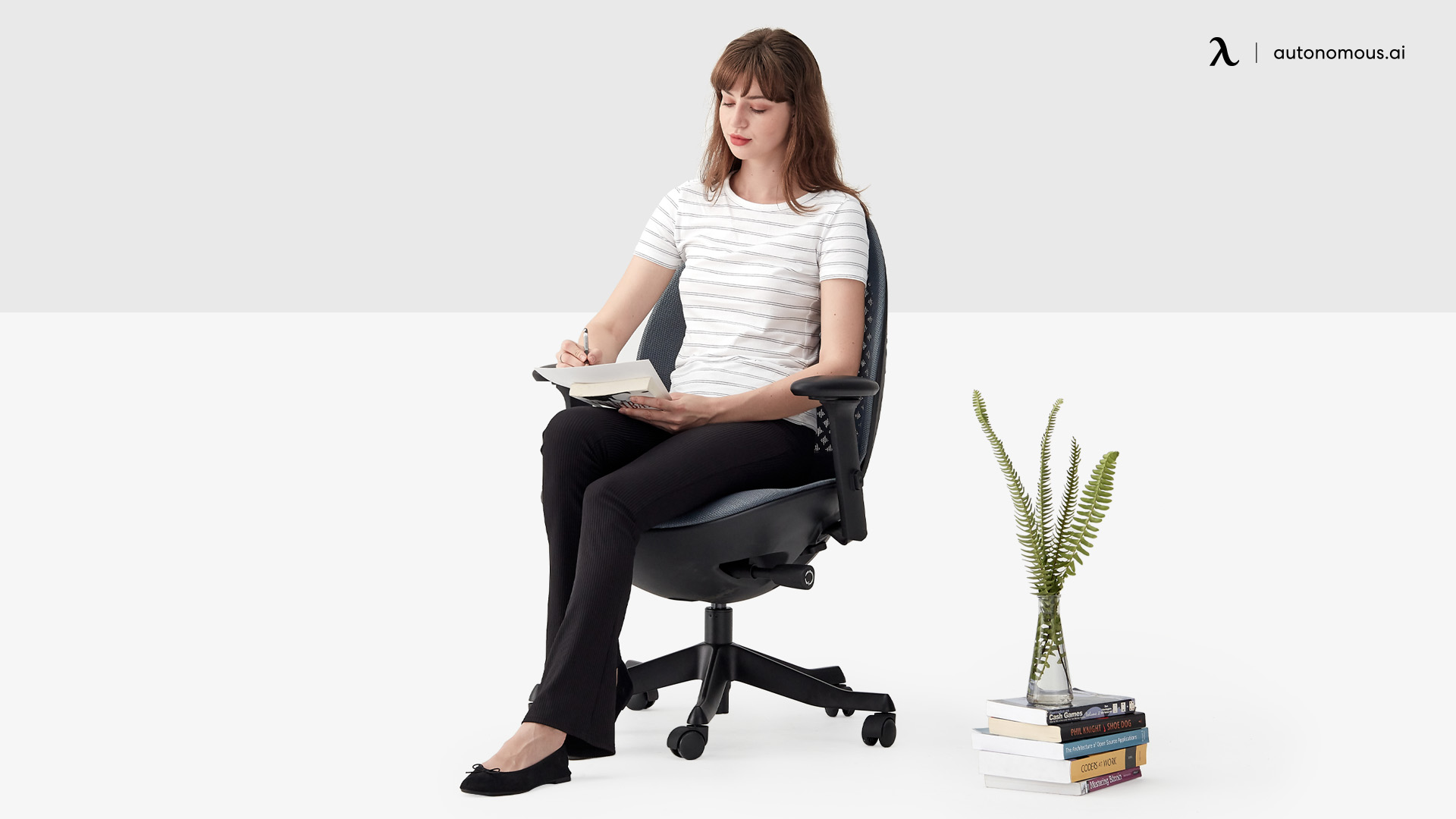
2. What Should You Choose?
2.1. Why Choose a Mid-Back Office Chair?
A mid-back office chair features a reasonable backrest that is slightly lower than your shoulders. This design offers the needed support to your back and spine. Also, it protects your shoulder blades while enhancing the overall level of comfort.
This office chair is a fantastic choice, especially if you use your chair for short periods. Primarily, it offers maximum support and comfort for less than five hours of continuous use. Thus, it’s best suited for a conference or meeting room.
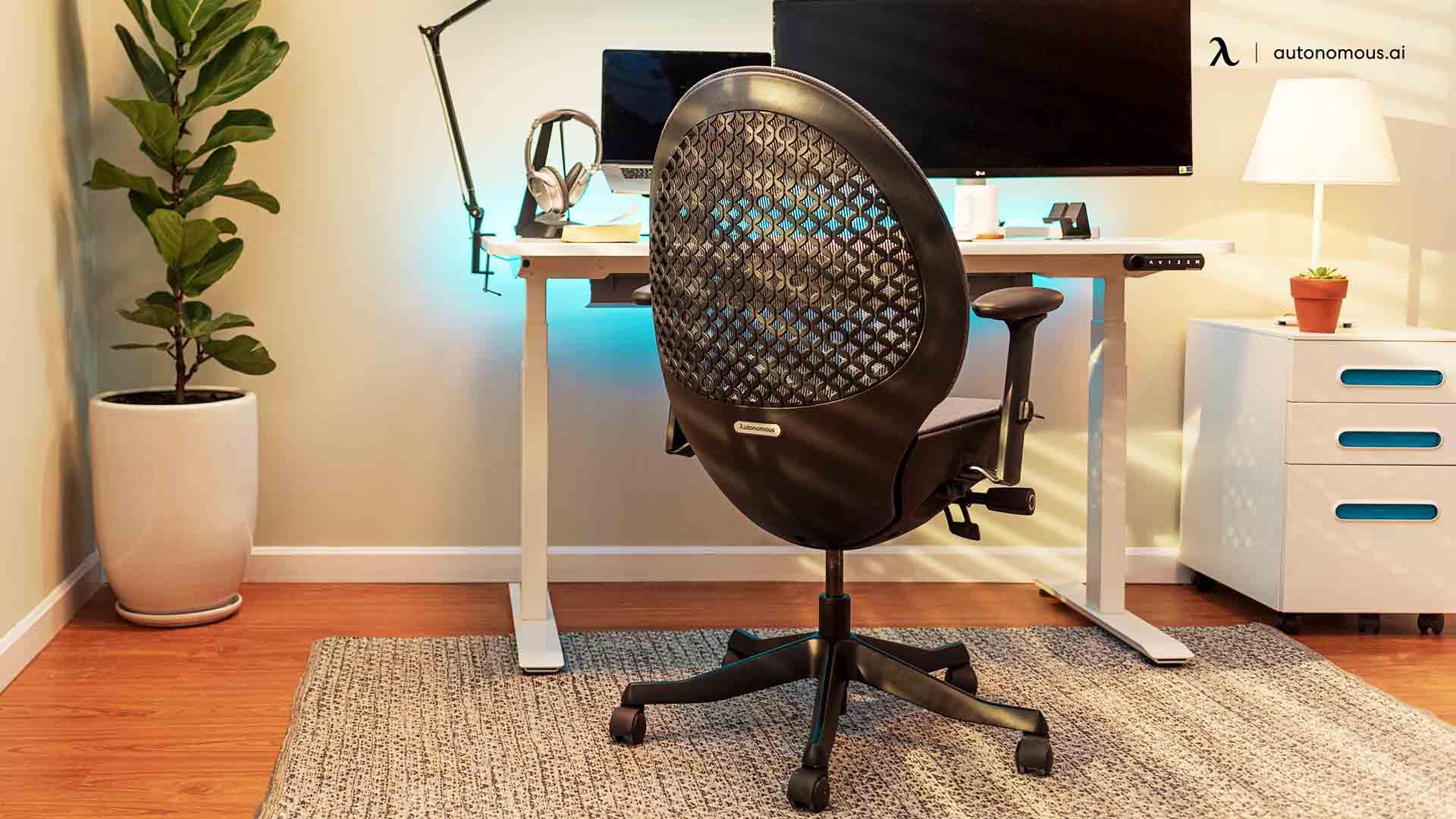
Here are some benefits of mid-back office chairs:
- It’s a good fit for small workplaces, allowing you to move around freely from one desk to another.
- Perfect for flexible workstations.
- Available in different designs, including ergonomic, modern, and ribbed.
- Available in both mesh and leather finish.
2.2. Why Choose a High-Back Chair?
Typically, the primary difference between the high back and mid back chairs is appearance. A high back office chair is more noticeable because it has an additional part—the headrest, which makes it slightly taller.
It offers more support to your neck, lower and upper back, and shoulders. When compared to other options, these chairs offer more adjustment options. This type is best suited for people who sit for extended periods. The high back office chair with lumbar support is an excellent choice for those who suffer from back pain.
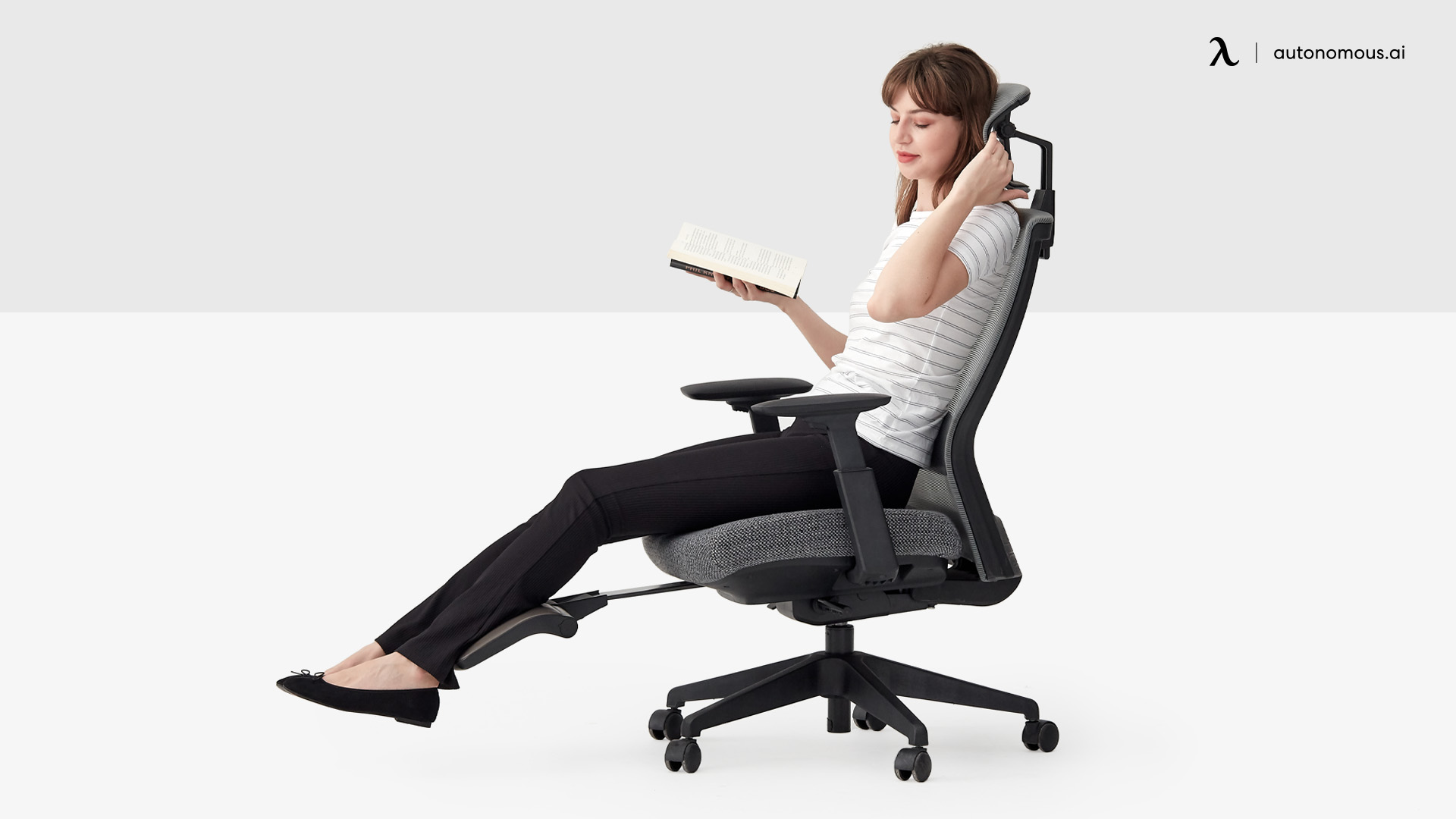
Here are some benefits:
- The availability of a headrest allows you to sit comfortably for long hours.
- Reduces chances of suffering from slouching.
- Offers reasonable upper and lower back support.
>>Read more: Fabric High Back Office Chairs to Remove Your Pain
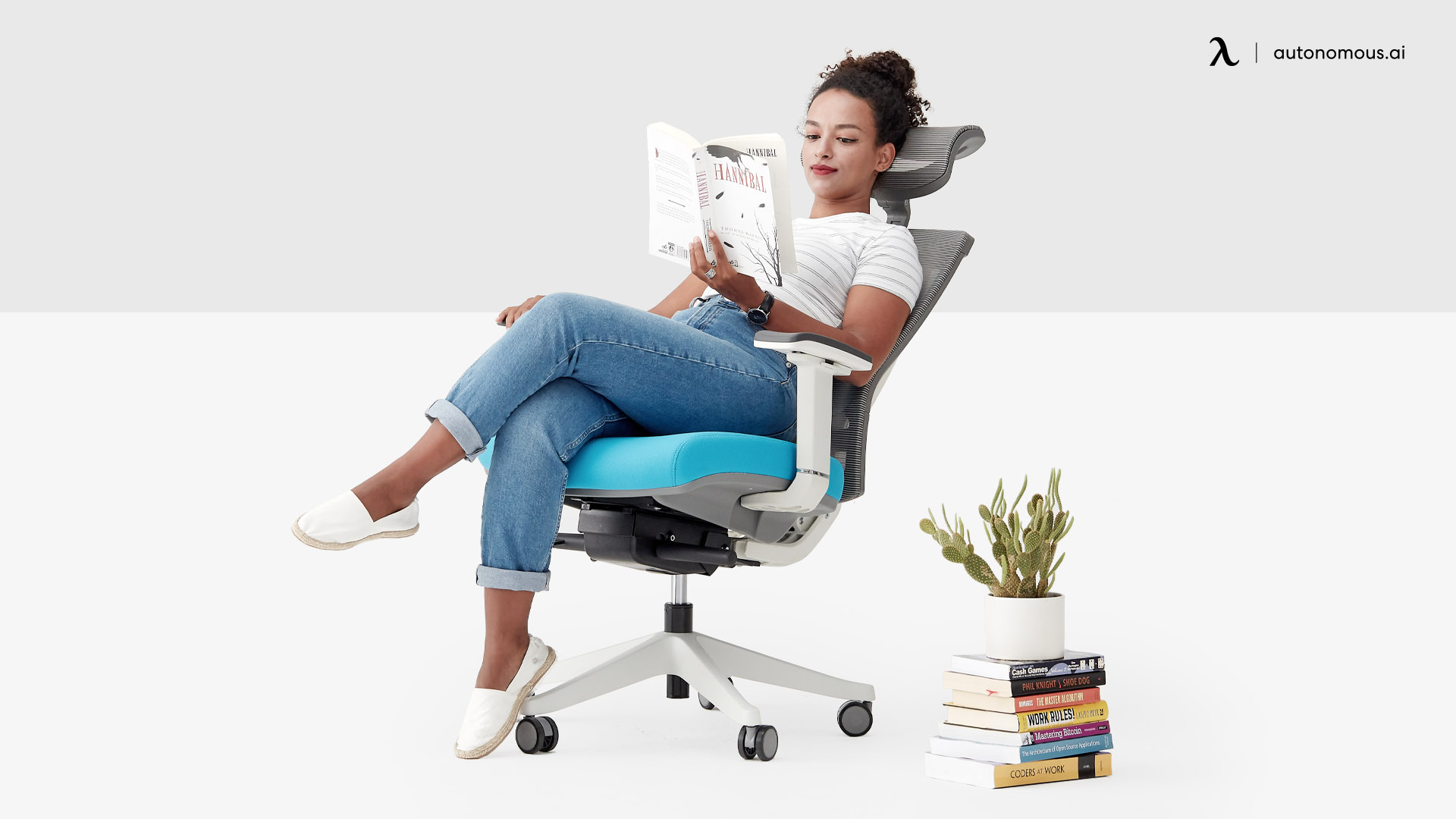
2.3. Why is it Essential to Know the Difference?
Cornell University highlights the benefits of ergonomically designed chairs that provide you maximum support. They thus support your upper torso in the best possible way. This position greatly impacts lowering the pressure on your spinal discs. Your spinal discs are stretched and strained as you bend forward to work. Getting the right high back ergonomic office chair will support your good health apart from various exercise routines that you keep up with. No more pain, no more health issues.
Hence, depending upon the work you do, the number of hours you spend at your desk, it is critical for you to choose between a high back and a mid-back chair.
Here’s a comparison table outlining the key differences between high back vs. mid back chairs:
| Feature | Mid Back Office Chair | High Back Office Chair |
|---|---|---|
| Backrest Height | Lower back support, typically reaching the mid-back area. | Higher backrest, providing support up to the neck and head. |
| Support | Offers lumbar support but may lack full upper back support. | Provides comprehensive support for the entire back, including the neck. |
| Ergonomics | Generally less ergonomic; may require additional lumbar support for some users. | More ergonomic design, often featuring adjustable lumbar support and headrests. |
| Comfort | Suitable for short to moderate use; may not be ideal for long hours. | Designed for extended use, offering better comfort for long hours of sitting. |
| Ideal Use | Best for tasks that require less back support, such as quick meetings or light office work. | Ideal for long hours of work, executive offices, and tasks that require prolonged sitting. |
| Aesthetics | Often more compact and may have a modern, minimalist look. | Typically has a more formal appearance, suitable for executive or traditional office settings. |
| Mobility | Generally lighter and easier to move. | Usually heavier due to the larger backrest and additional features. |
| Price Range | Typically more affordable, making it a budget-friendly option. | Often more expensive due to added features and materials. |
| Weight Capacity | Usually supports lower weight limits; varies by model. | Typically designed to support higher weight capacities, depending on construction. |
| Adjustment Features | May have limited adjustment features (height, tilt). | Often includes a wider range of adjustments (height, tilt, lumbar support, and headrest). |
Let us explore some more below and you can choose the ideal chair for yourself.
3. High Back vs. Mid Back Chair: Which is More Ergonomic?
You cannot answer this question without keeping your own height in the picture. Additionally, you must consider the nature of your work, how many hours you tend to sit in your chair and more. While most chairs are ergonomically designed, it is important for you to adapt to the OSHA recommended sitting postures too. Getting yourself the right chair is the first step. Adapting the right sitting postures is the second step you need to adapt to every day.
Upper back chairs are preferred by tall people and those who work long hours. Mid-back chairs are fine for a floating population in an office when hot desking. Take your pick.
4. The Final Verdict
When choosing between the two options, it all boils down to your needs. For example, if you’re a tall person who sits for extended periods, then getting a tall back office chair would be an excellent choice for you. Since you’re tall and you’re sitting in office chair for long hours, your head, neck, and shoulders need support from time to time, and the headrest will do a perfect job. Even though you’re a person with an average height, it will still be a superb choice. Because without proper head support, you’re likely to slump or slouch over your desk, and this can cause bad posture, and ultimately you may suffer from neck and back pain.
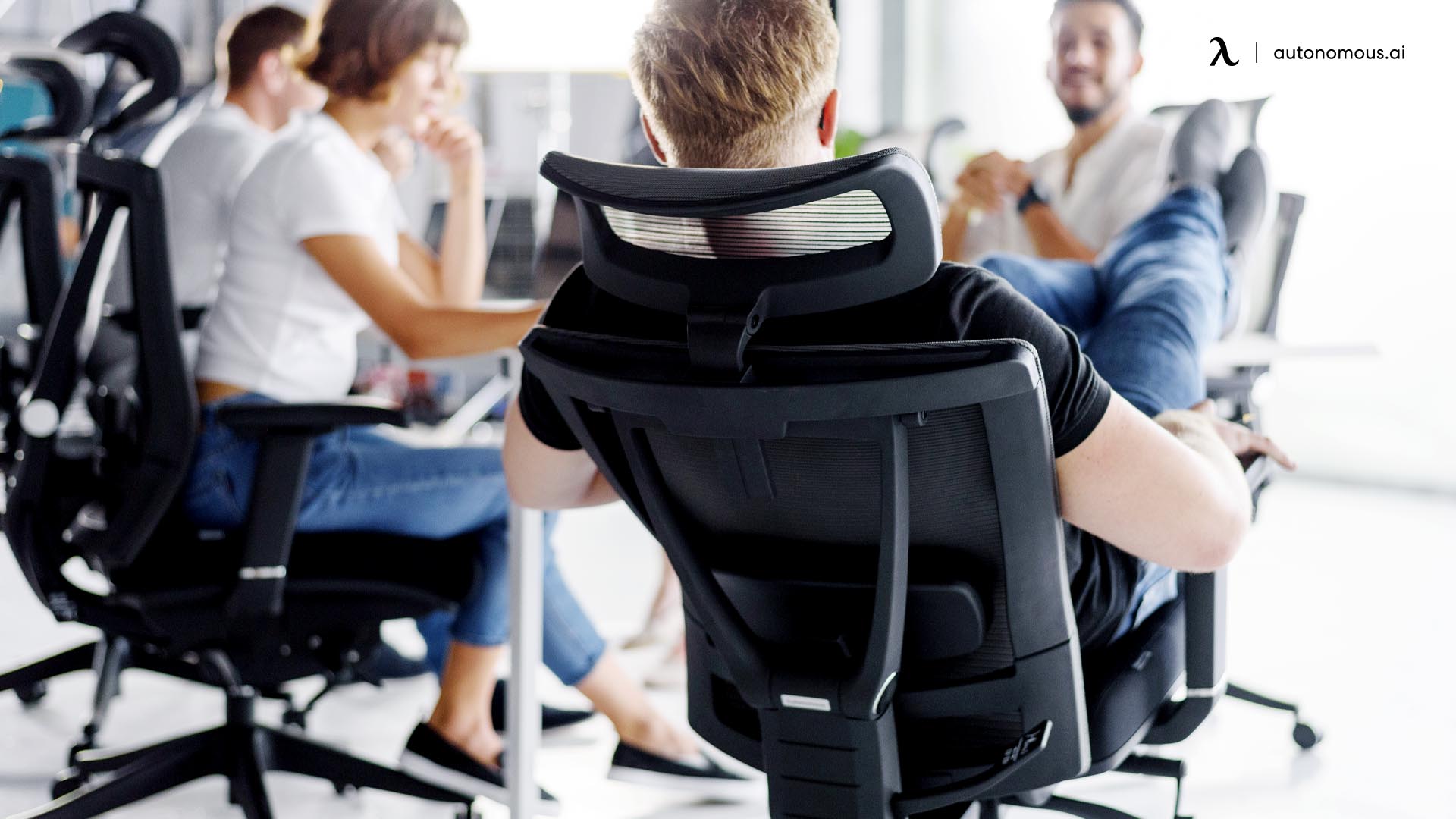
The only disadvantage of high-back office chairs is that they’re more expensive than mid-back office chairs because of the extra material, features, and components that go into the manufacturing process.
Alternatively, a mid-back office chair would be perfect for you, especially if you have a flexible workplace, such as an office with multiple workstations, and if you only sit for short periods. Also, the mid-back office chair would be an ideal choice if you have an adjustable standing desk, and you have the option to alternate between sitting and standing.
Stay connected with us!
Subscribe to our weekly updates to stay in the loop about our latest innovations and community news!
Interested in a Link Placement?
Spread the word
.svg)

/https://cdn.autonomous.ai/production/ecm/240115/5(1).jpg)

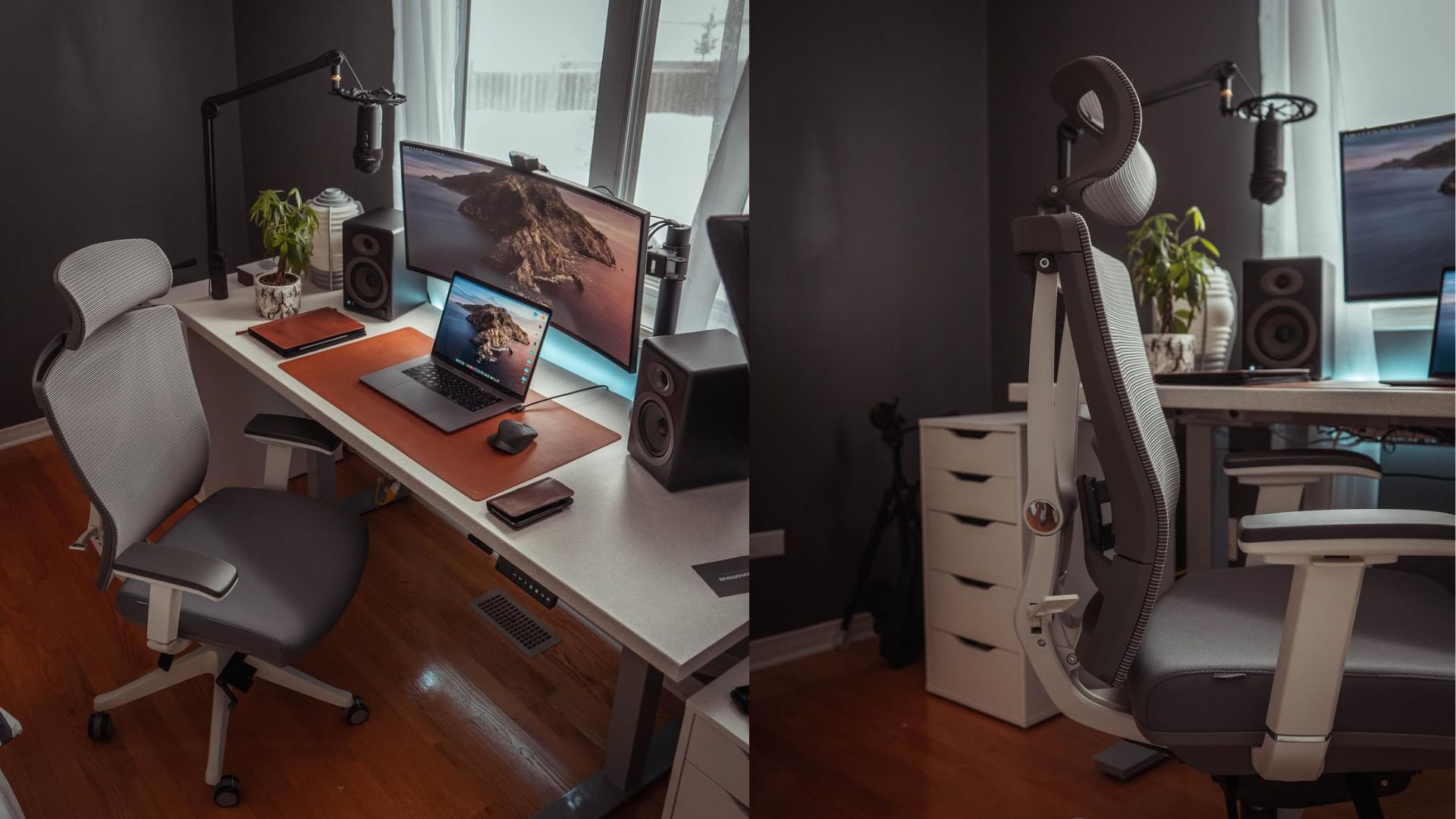
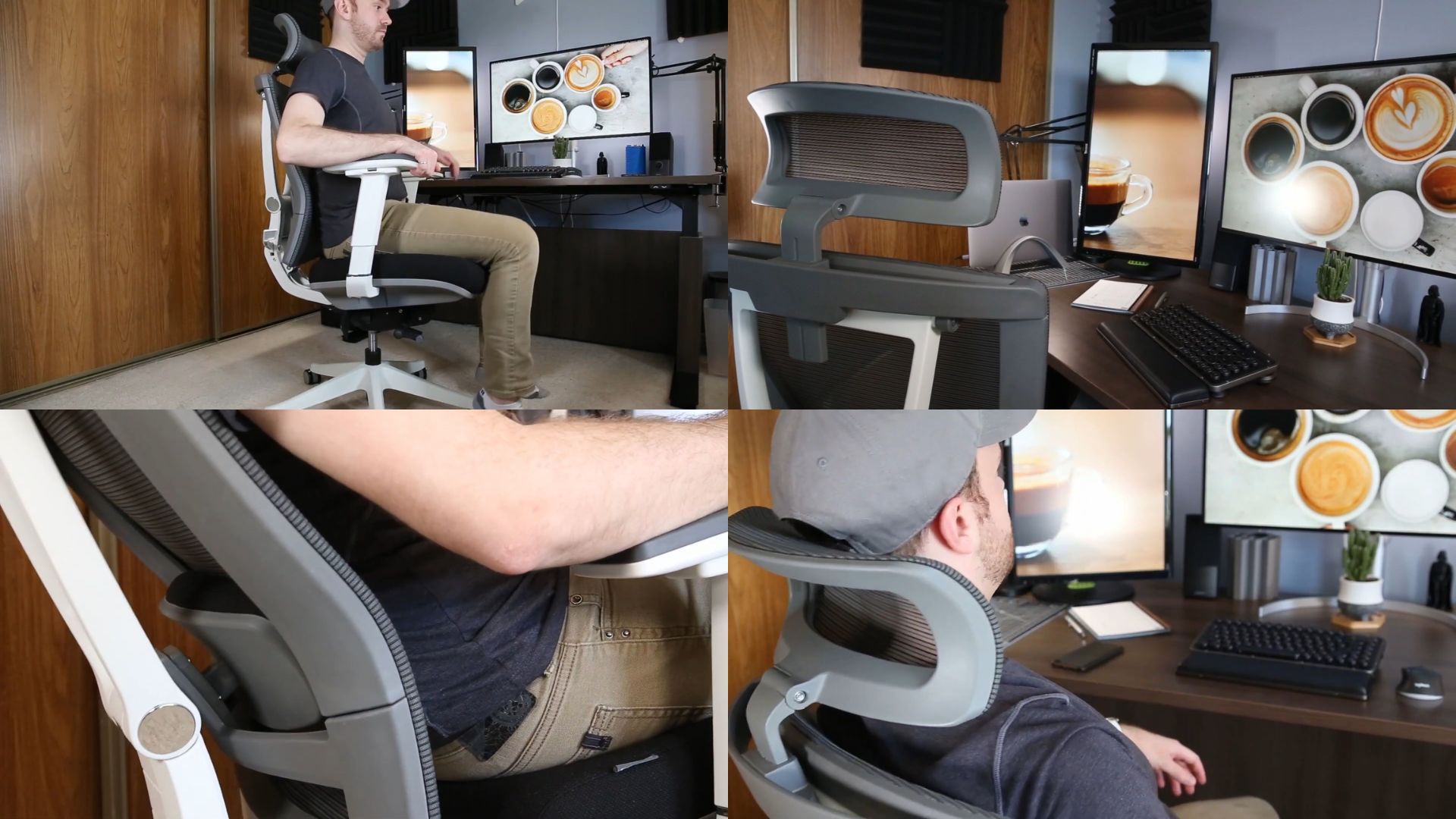
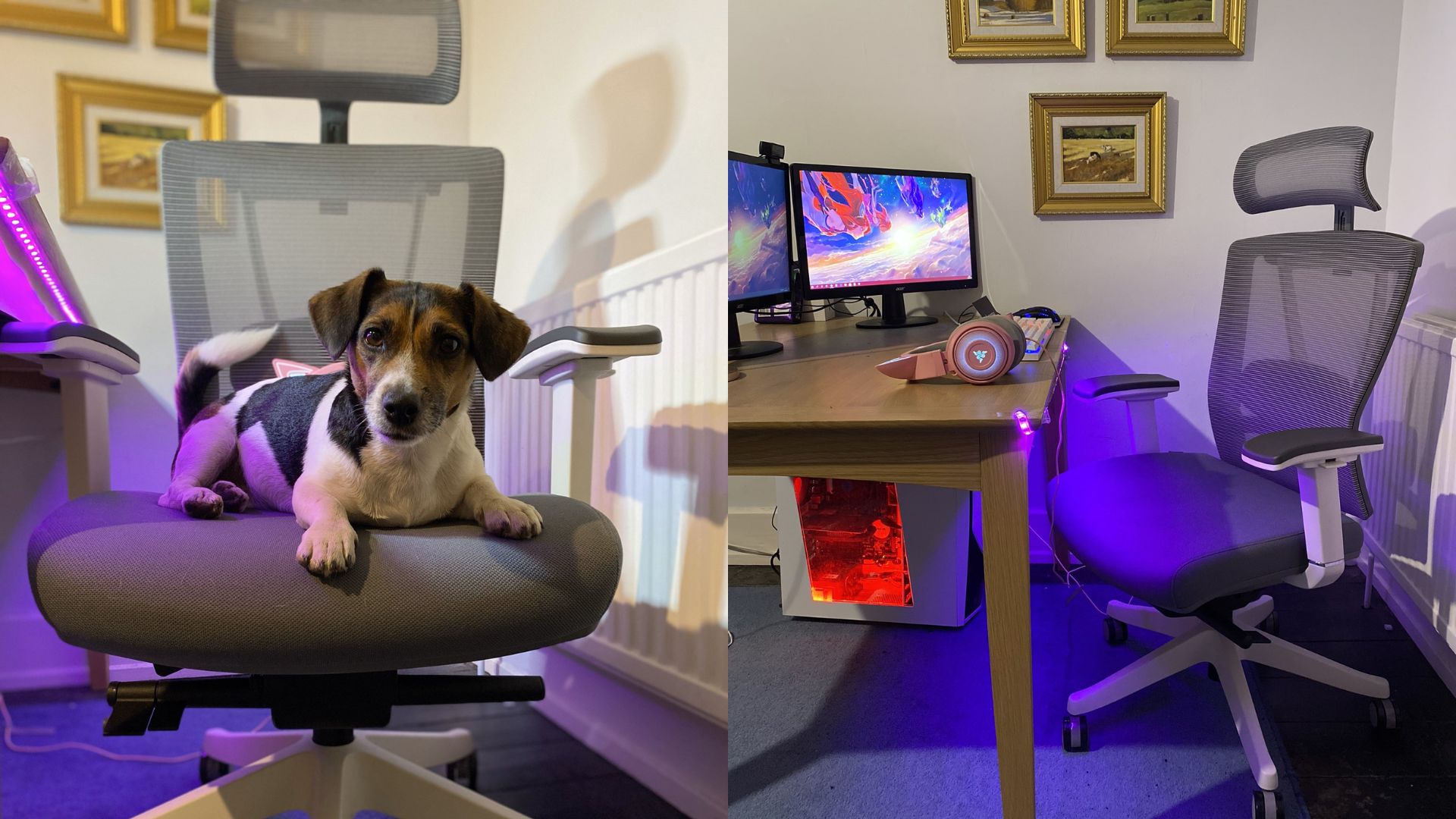


/https://storage.googleapis.com/s3-autonomous-upgrade-3/production/ecm/230914/bulk-order-sep-2023-720x1200-CTA-min.jpg)

/https://storage.googleapis.com/s3-autonomous-upgrade-3/production/ecm/230920/Emily-Chambers.jpg)